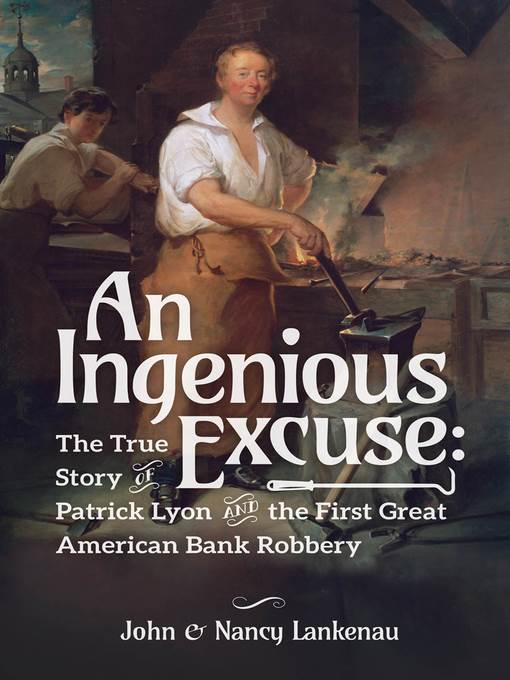
An Ingenious Excuse
The True Story of Patrick Lyon and the First Great American Bank Robbery
فرمت کتاب
ebook
تاریخ انتشار
2020
نویسنده
John and Nancy Lankenauناشر
Little Creek Pressشابک
9781942586838
کتاب های مرتبط
- اطلاعات
- نقد و بررسی
- دیدگاه کاربران
نقد و بررسی

October 1, 2020
A historical account of a blacksmith who tests the limits of America's justice system. In 1798 Philadelphia, Patrick Lyon is a hardworking, honest blacksmith. He's a Scottish immigrant who fairly recently became a citizen of the United States and leagues away from the monied class that controls the fledgling republic's government. Summers are a dangerous time in Philadelphia, as yellow fever rages, and those who can afford it leave for the countryside. Lyon can't, so through most of the summer he keeps his shop open and does work for a number of customers, including the Bank of Pennsylvania. But when disease becomes too much to bear, he leaves for Delaware. While he's gone, the Bank of Pennsylvania is robbed; Lyon is charged with the robbery without probable cause and held in jail for months. Authors Lankenau and Lankenau prove to have done their research; in an authors' note, they establish that this book isn't simply about one man's abuse at the hands of an early United States justice system--it is "a rare and extraordinary glimpse into early patrician America." It's the story of an immigrant who "discovers the truths written in the Declaration of Independence to be anything but self-evident" and a book that weighs in on issues of its day without doing so in a didactic manner. A good portion of the narrative relies on dialogue, and the authors make it clear that it's pulled from real exchanges gathered via trial transcripts, journals, and other primary sources; a comprehensive list of notes can be found at the end of the book. Sections in italics are direct quotations--exactly how the speakers said or wrote them more than 200 years ago. Because the authors are so transparent about their process, readers will trust in the narrative's accuracy even when the structure seems clunky; the book relies on relatively short sections and chapters that make for easy reading but aren't necessarily ideal for cohesive, sustained storytelling. A well-researched and highly readable historical account.
COPYRIGHT(2020) Kirkus Reviews, ALL RIGHTS RESERVED.

























دیدگاه کاربران